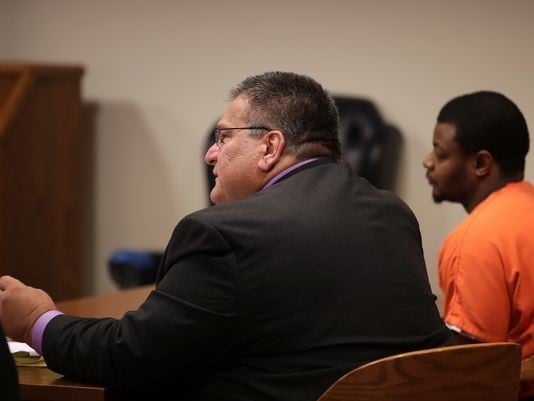Tip The Scales Of Justice In Your Favor
Aggressive Criminal Defense For Clients Throughout Wisconsin
Serious Charges Require Serious Representation
Don’t let anyone tell you otherwise: A brush with the law can turn your life upside down. Whether you’ve been arrested or have already been charged, the decisions you make today can shape your opportunities tomorrow. You owe it to yourself to make the smart choice and work with an experienced legal professional.
I’m attorney Paul Ksicinski, and for over 30 years, I’ve been fighting for my client’s interests throughout the state of Wisconsin. I have made it my mission to advocate for the disempowered and the disenfranchised since 1990. If an error in judgment has created a critical legal problem, I want to help you resolve it. Consult with me for free to learn about the difference my representation can make.
Criminal Defense
No case is too small. No case is too complex. Learn about the range of offenses I’m qualified to handle.
Drug Violations
Misdemeanor and felony drug charges have lasting repercussions. Allow me to mount your defense.
Violent Crime Offenses
Combat homicide, felony murder and other serious charges with a proven attorney by your side.
No Judgments, Just Solutions
I’ve advised countless individuals over my career, and I know that people make mistakes. I also know that one slip-up shouldn’t dictate your future. Without the right legal strategy, however, this can happen.
When you work with me, you will quickly learn that I’m not here to judge. I’m here to find a path forward. As my client, you’ll benefit from my decades of trial experience and vast understanding of the law. I use my extensive knowledge to create a defensive strategy that protects your constitutional rights and asserts your version of events. You can depend on me to serve as your legal ally at all stages of the criminal process, in or out of court.
This photo was taken in court during my representation of Henry Nellem. Learn more about this case when you follow this link to my case briefs page.
Meet Your Legal Champion
Before I started my own practice, I was proud to serve as a public defender for the state of Wisconsin. Years later, I continue to pursue justice for the vulnerable and disadvantaged.

Paul A. Ksicinski
Solo attorney at Paul A Ksicinski Attorney at Law

You Have A Right To Legal Counsel. Use It.
I offer free initial consultations, so you have nothing to lose by speaking with me, a trial-tested lawyer. I make myself available 24/7 because I know your concerns can’t wait.
I am licensed to practice law in the State of Wisconsin. I have handled cases from across Wisconsin, from Outagamie to Grant counties and many counties in between. However, most of my cases are in Dodge, Jefferson, Kenosha, Milwaukee, Ozaukee, Racine, Rock, Sauk, Sheboygan, Walworth, Washington and Waukesha counties.
Reach me by calling 414-404-3393 or completing the online form below.




